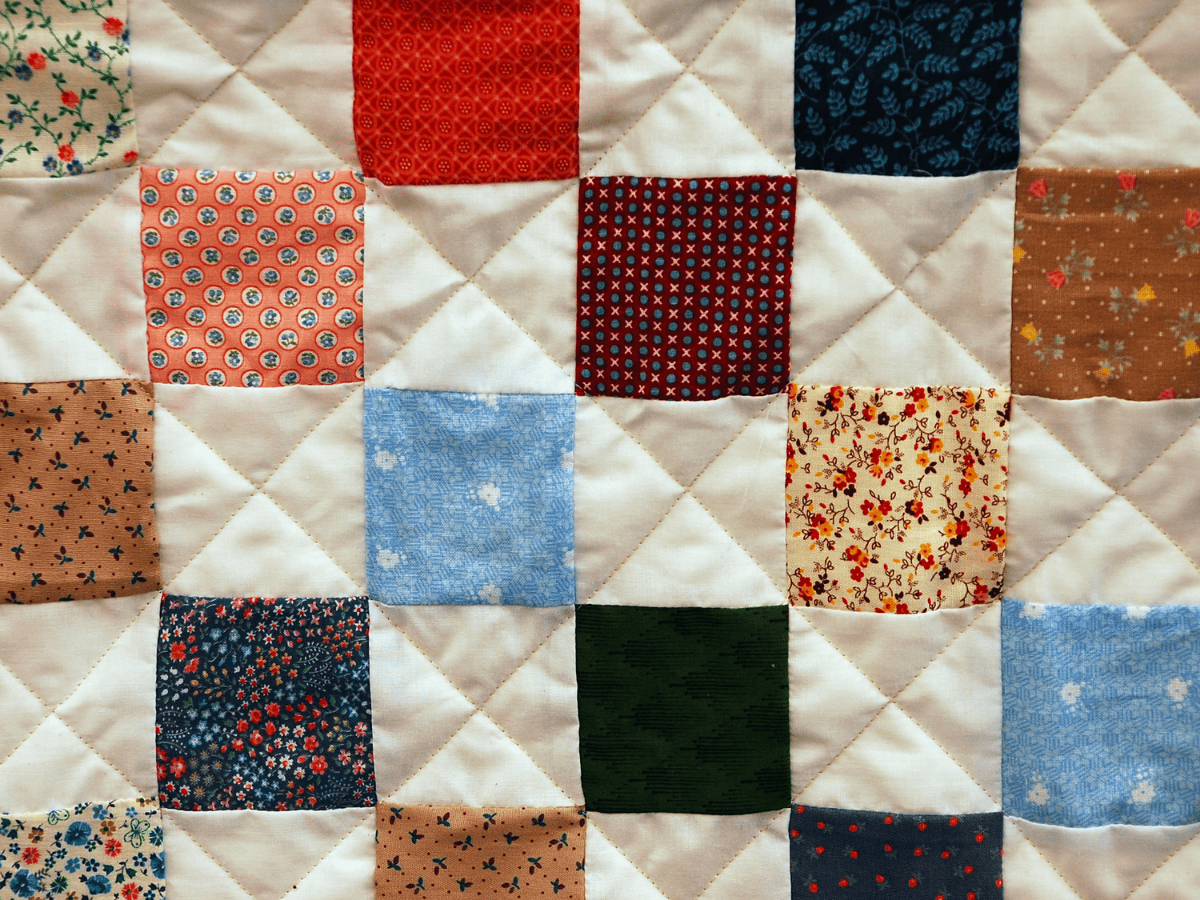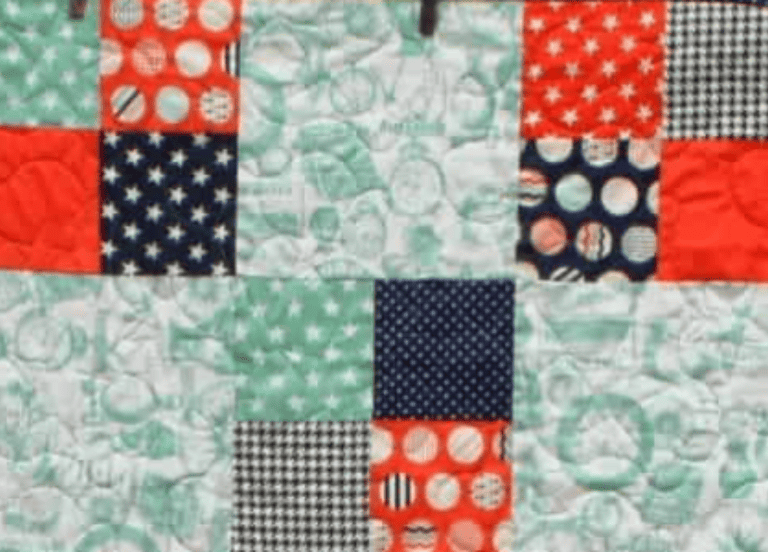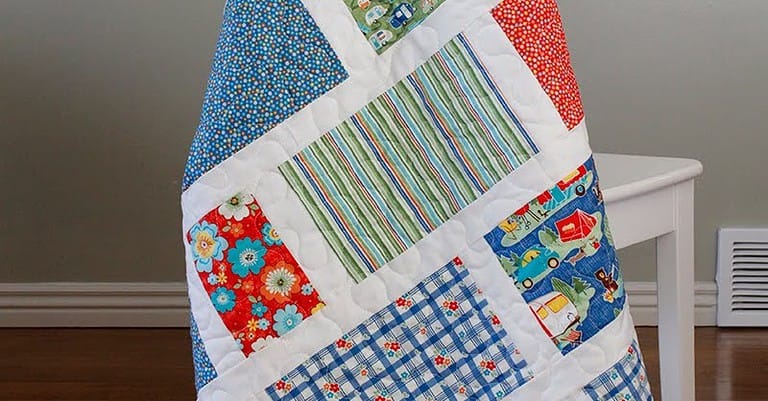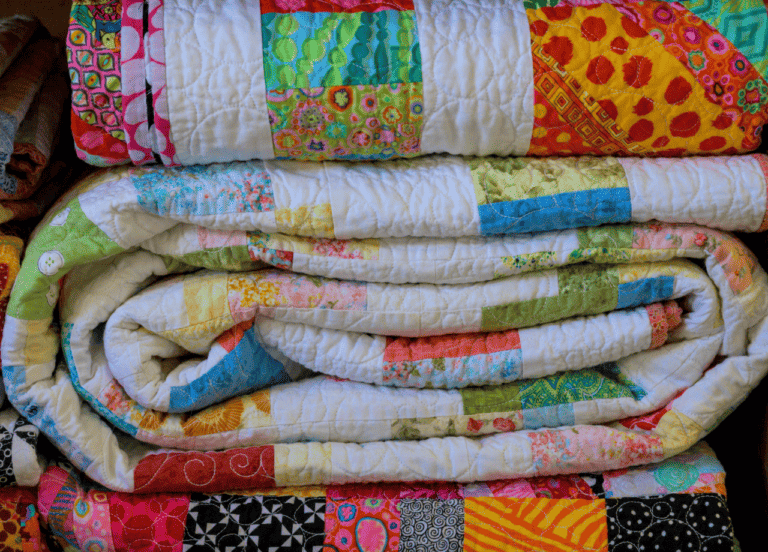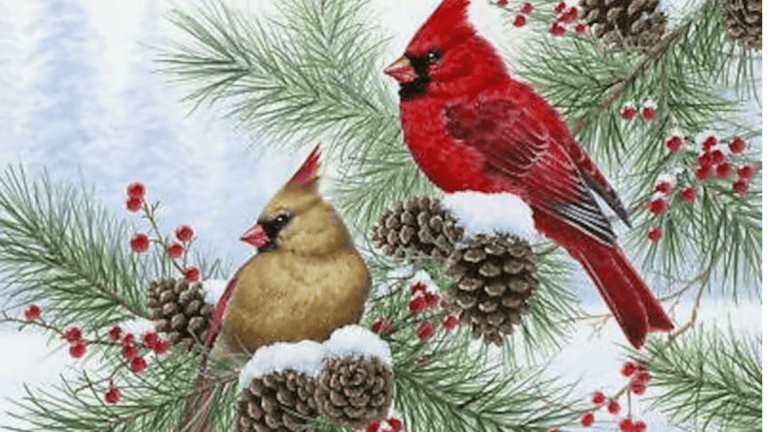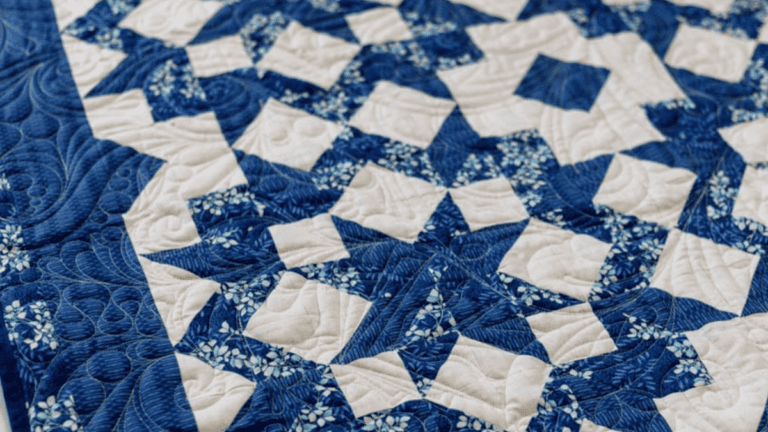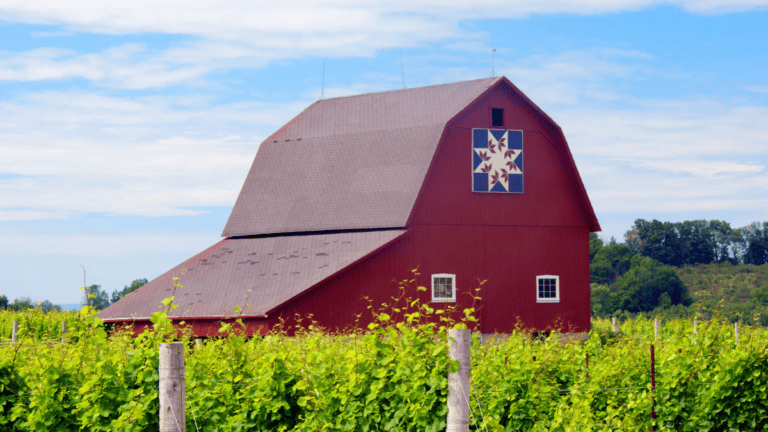What is WOF in Quilting + 19 Other Terms: Easy answers
Warning: Undefined array key "titleWrapper" in /home/nanahxof/public_html/wp-content/plugins/seo-by-rank-math/includes/modules/schema/blocks/toc/class-block-toc.php on line 103
Are you a beginner quilter in search of a healthy new hobby, but struggling to make sense of the various quilting terms? Or perhaps you’re a seasoned quilter who has come across a quilt pattern with unfamiliar abbreviations? Maybe you saw on a quilt pattern WOF and wonder what is WOF in quilting.
To assist you with your next quilting project, I have compiled a list of commonly used terms in quilting, such as WOF. Familiarizing yourself with these terms will enable you to transform a quilting pattern into a stunning quilt of your own creation.
Understanding the diverse jargon in quilting can be challenging for newcomers, often leading to frustration and encounters with the seam ripper.
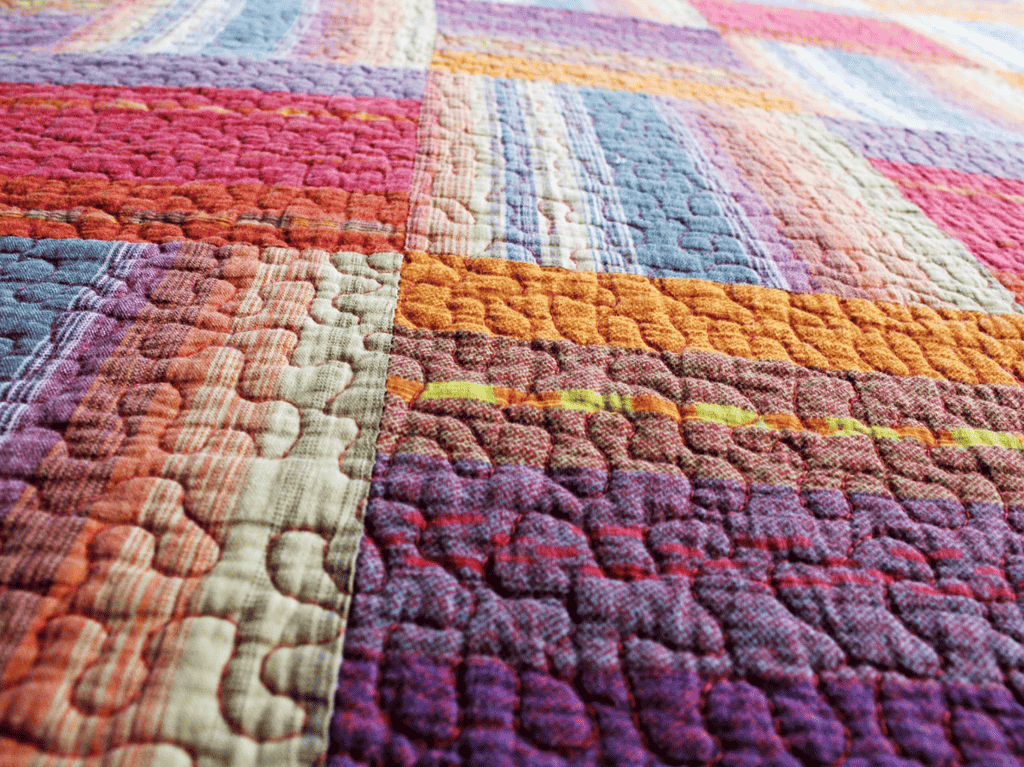
Please note that this list is not exhaustive, as different patterns may employ unique abbreviations and terms. Make sure to review the introductory notes of each pattern, as they may explain any uncommon terms and abbreviations specific to that particular design.
Table of Contents
Common Quilting Terms
What is WOF in Quilting: Width of The Fabric (WOF)
The term “Width of Fabric” or WOF refers to the measurement of fabric from one selvage edge to the other. Selvedge edge are the tightly woven edges of the fabric designed to prevent fraying. Typically, the usable fabric width from selvage to selvage is 42 inches (the selvages may add an extra inch or two, but they are not utilized). It is crucial to ensure that your fabric width is at least 42 inches to have enough fabric for your chosen pattern.
Fascinatingly, fabrics are also available in wider widths, such as 108 inches, which are excellent for use as backing material.
Yard of Fabric (yd. or yds.)
In the United States, fabric measurements are typically expressed in yards and inches. When you purchase one yard of fabric, you are acquiring a length that is equivalent to 36 inches, with a width of 42 inches or more.
The fabric is commonly folded in half to facilitate handling. In many patterns, fabric requirements are specified in yards.
Personally, when I purchase fabric for a pattern, I prefer to include an additional 1/4 yard to the stated requirements, as a precaution in case of any rotary cutter mistakes on my cutting mat during the process or errors using my domestic sewing machine.
Seam Allowance
Achieving a beautiful quilt requires careful attention to the seam allowance. In quilting patterns, the commonly used seam allowance is one-quarter (1/4) inch.
This measurement refers to the distance from the edge of the fabric piece to the stitching line. It’s important to refer to your specific pattern, as it’s possible for a pattern to specify a different seam allowance, which will be clearly indicated.
In cases where the pattern does not explicitly mention the seam allowance, it is generally safe to assume that it is a quarter (1/4) inch. However, it’s always a good practice to double-check the pattern instructions to be certain.
To assist you in sewing an accurate quarter-inch seam, there are special sewing machine feet available. You might want to explore my recommended choice of 1/4″ sewing feet, which can help you achieve precise stitching lines.
Quilt Blocks
Quilt blocks serve as the building blocks for a quilt top, forming its foundation. To create these blocks, quilting fabric is skillfully cut into smaller pieces from a fabric strip, which are then meticulously sewn together. The resulting quilt blocks are subsequently combined to form the complete quilt top.
Quilt blocks exhibit a delightful variety of sizes and shapes, offering endless creative possibilities. Some quilt blocks consist of a single piece of fabric, while others feature a captivating combination of various layers of fabric types and different color. Each block contributes to the overall design and aesthetic of the quilt, making it a unique and visually captivating piece.
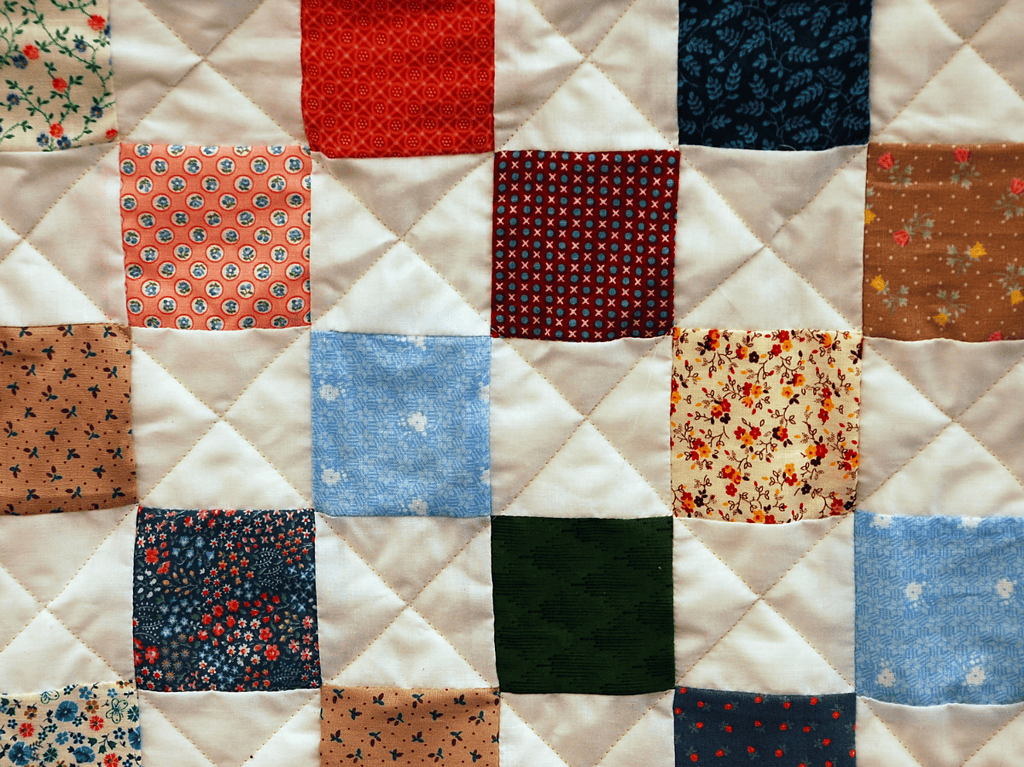
Quilt Top
Quilt patterns provide detailed instructions for creating a quilt top, comprising a harmonious assortment of cotton quilting fabrics that are skillfully cut and sewn together.
Quilt tops can take on various sizes, commonly in the form of rectangles, though squares and hexagons are also favored options.
Once the quilt top is complete, it is typically layered together in a quilt sandwich and then bound, finalizing the transformation into a fully assembled quilt.
Quilt Sandwich
The term “quilt sandwich” refers to the combination of three layers that make up a quilt. These layers include the quilt top, the batting (inner layer of padding), and the quilt backing. The quilt sandwich is created by securing these layers together through quilting or tying techniques.
To complete the quilt, the edges of the sandwich are neatly finished with binding, providing a polished look and ensuring the layers remain securely in place.
Right Sides Together (RST)
“Right Sides Together,” often abbreviated as RST, is the technique employed to sew quilt pieces together in a way that conceals the seams.
When referring to fabric, the right side is the side displaying the most appealing and vibrant pattern. However, certain fabrics may lack a distinct right or wrong side, leaving the choice up to personal preference.
The key aspect is to ensure that all seams and raw edges align on one side of the quilt top, while the opposite side remains free from any exposed edges.
This edge-free side represents the right side of the quilt top, providing a clean and polished appearance.
Half Square Triangles (HST)
A variety of well-known quilt patterns incorporate Half Square Triangles, often referred to as HST.
These triangles are created by sewing together two isosceles triangles along their longer edge, resulting in a square shape.
Typically, HSTs are composed of two contrasting colored fabrics. The versatility of half-square triangles allows for numerous pattern possibilities. For instance, my “Happy Little Tree” pattern utilizes HSTs to form pinwheel blocks, which adorn the top of the tree design.
Quarter Square Triangles (QST)
Quarter Square Triangles (QST) resemble Half Square Triangles (HST) with one significant difference – four triangles converge at a central point to form a square.
Each of these triangles is often comprised of different colors, creating a visually appealing contrast.
Alternatively, the QST can be formed using two sets of opposite triangles of the same color, producing an intriguing symmetrical effect.
These versatile elements contribute to the diverse range of design possibilities when incorporating Quarter Square Triangles into quilt patterns.
Fussy Cut
“Fussy cut” refers to the meticulous technique of cutting fabric with great precision to highlight a specific design element.
This method is employed when you want to showcase a particular pattern or motif in your fabric. For instance, if your fabric features adorable little mushrooms and you desire the mushrooms to be perfectly centered on a quilt block piece, you would carefully cut out the fabric to ensure that the tiny mushrooms are prominently positioned at the center of the piece.
This meticulous approach, known as fussy cutting, allows you to showcase and accentuate specific design elements in your quilt.
Fat Quarter (Fat Quarter Bundles)
Typically, when you purchase a quarter of a yard of fabric, you would receive a long strip measuring 9×42 inches.
However, this elongated strip may not be the most practical for quilt-making purposes. To enhance the usability of a quarter yard of fabric, a half yard of fabric is cut along the folded edge, resulting in a rectangular piece measuring approximately 18×20 inches.
This rectangular shape provides greater flexibility and convenience when creating quilt blocks, making it a more versatile option for your quilting projects.
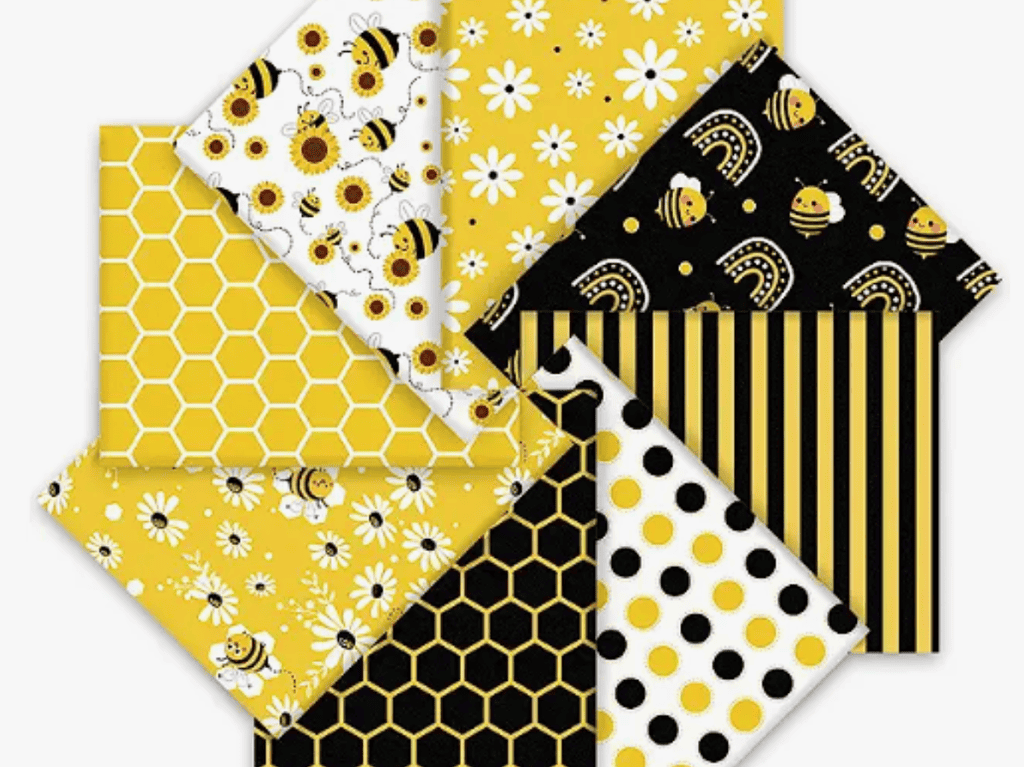
Fat Eighth
A fat eighth shares similarities with a fat quarter, but there is a slight difference in the cutting process. Instead of dividing a half yard of fabric in half along the fold, a quarter yard of fabric is cut along the fold, resulting in a piece measuring nine by 20 inches.
This size variation provides a narrower but longer fabric piece, offering creative opportunities for quilt-making and other sewing projects.
Jelly Roll
A jelly roll refers to a curated assortment of WOF strips, each measuring two-and-a-half inches in width and spanning the Width of Fabric (WOF) as explained earlier.
Typically, a jelly roll contains 20 distinct coordinating cotton fabric, with two strips of each fabric included. The quantity of one or two jelly rolls is typically sufficient to create an entire quilt. For example, my “A Rainy Day” quilt pattern is specifically designed to be crafted using two jelly rolls.
By utilizing pre-cut jelly rolls, this pattern significantly reduces the time and effort required for strip cutting, making the quilting process more efficient and convenient.
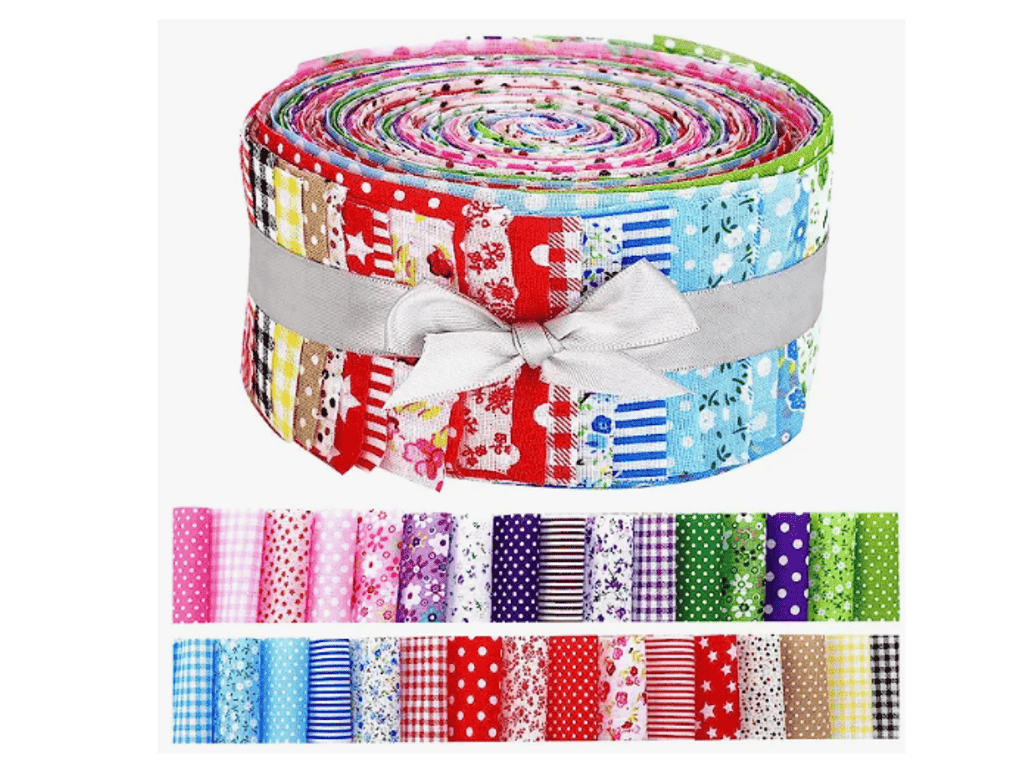
Layer Cake
A layer cake refers to a collection of coordinating fabrics that have been precut into 40-42 squares measuring 10 inches each.
This assortment provides a diverse range of options for your quilting projects. You can simply sew the squares together to create a delightful beginner’s quilt, or you can explore different cutting techniques to produce captivating patterns.
One of my personal favorites is the rainbow layer cake featuring batik fabrics, which holds immense potential for transforming into a stunning quilt. It’s an exciting opportunity to unleash your creativity and bring these vibrant fabric squares to life!
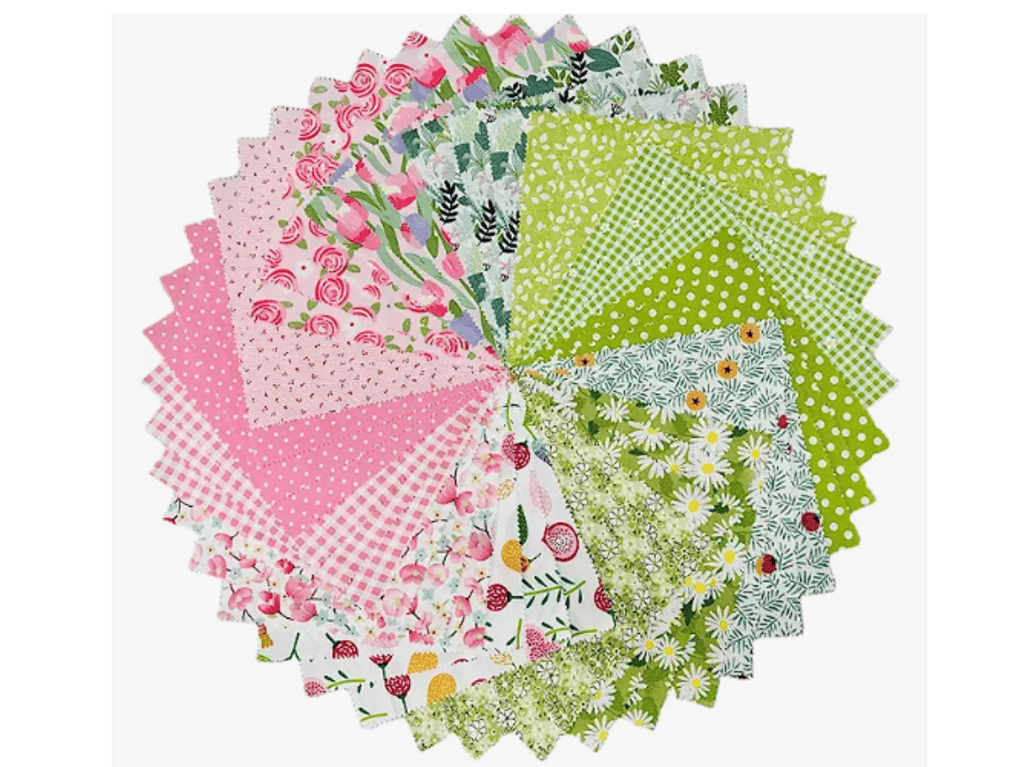
Charm Pack
A charm pack closely resembles a layer cake, but with one key difference: the coordinating fabrics are cut into 5-inch squares instead of 10-inch squares.
Both charm packs and layer cakes offer an excellent opportunity to explore and experience the full range of designs within a fabric line. They provide a fun and efficient way to introduce abundant variety into your quilt projects.
Whether you opt for a charm pack or a layer cake, you can enjoy the convenience of pre-cut squares and the ability to create a visually diverse quilt with ease and speed.
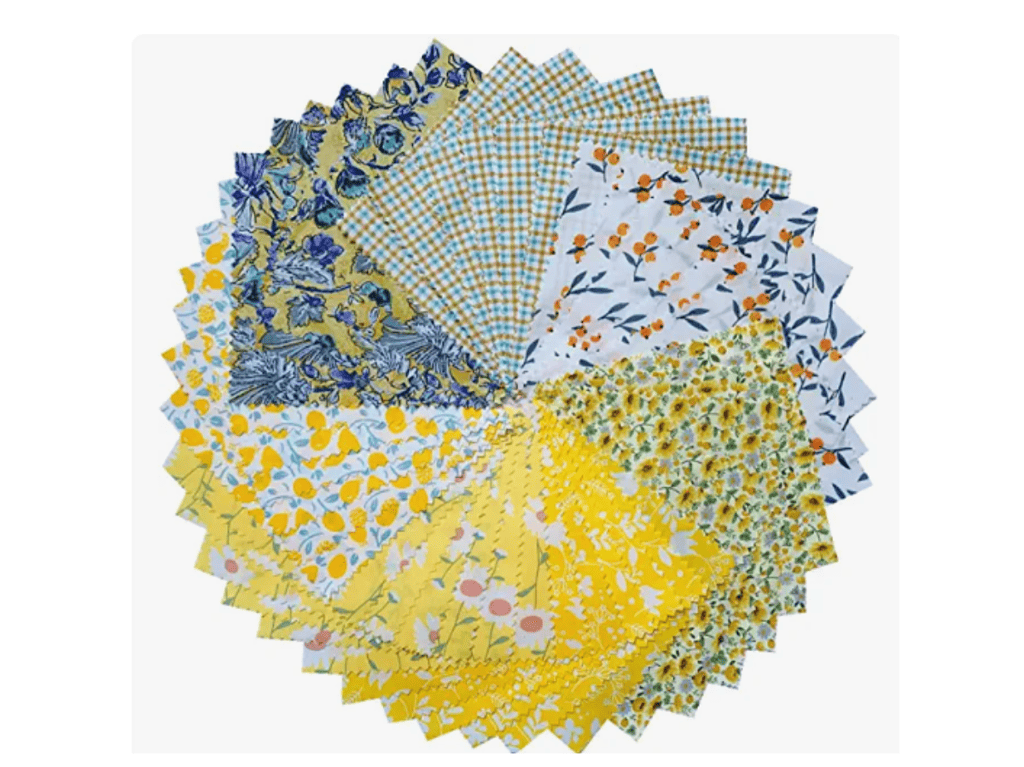
Foundation Paper Piecing (FPP)
Foundation paper piecing holds a special place among my favorite quilting techniques. This method involves stitching fabric pieces directly onto a printed paper foundation.
It proves particularly valuable when dealing with small blocks or blocks that demand utmost accuracy. Foundation paper piecing deviates slightly from conventional quilting practices, offering a unique approach to achieving precise and intricate designs.
English Paper Piercing (EPP)
Although the names may appear similar, English paper piecing and foundation paper piecing are distinct quilting techniques. English paper piecing involves the use of small paper templates, often in the form of hexagons or other shapes.
The fabric is basted around each template, and then the fabric-covered templates are stitched together using a whip stitch to create the quilt top. English paper piecing is a hand-sewing technique and is often cherished by quilters for its soothing and calming nature.
Despite the similarity in their names, English paper piecing and foundation paper piecing differ in their processes and the results they produce.
Block of The Month (BOM)
Block of the Month (BOM) programs are commonly organized by quilt shops to engage quilting enthusiasts. When you participate in a BOM program, the shop sends you fabric for a specific portion of the quilt pattern every month over the course of several months, gradually leading to the completion of the quilt top.
The concept behind BOM is to break down the large quilt top into more manageable sections, ensuring that you don’t feel overwhelmed by the workload. These programs can be incredibly enjoyable, particularly if you prefer working on smaller portions at a time.
By the end of the program, typically within a year, you will have assembled an entire quilt top, showcasing your dedication and creativity.
Un-finished Objects (UFO)
Experienced quilters are well acquainted with the term “UFOs,” which, in the quilting realm, refers not to extraterrestrial beings, but rather to unfinished projects.
It is not uncommon for quilters to encounter captivating quilt patterns that divert their attention from their current projects, resulting in multiple ongoing endeavors. These incomplete quilts are affectionately referred to as Unfinished Objects or UFOs, symbolizing the creativity and passion that sparked their inception but awaits their eventual completion.
Free Motion Quilting (FMQ)
Free Motion Quilting, often abbreviated as FMQ, is a captivating technique employed to craft intricate quilted patterns on a quilt sandwich.
By utilizing a darning foot or a free motion foot, and employing either a sit-down domestic machine or a long arm machine, quilters can create stunning designs such as feathers, flowers, and other intricate motifs on the quilt sandwich.
It’s important to remember that there is no right or wrong way to finish a quilt. Whether you choose to use a walking foot, opt for tying the layers together, or embrace the artistry of free motion quilting, all approaches are acceptable means to complete your quilt.
If you prefer not to undertake the quilting process yourself, there are numerous long-arm quilters available who can skillfully quilt the layers of your quilt sandwich on your behalf.
All new quilters may see terms they are unsure of on social media or in your local quilt shop. Hopefully, you have learned the meaning of WOF and other basic quilting terms that will make you feel confident with you hear common terms.
Free Monthly Sewing Class
Each month, we also have an online sewing class. Every 3rd Saturday and Sunday, we have a project not found in our library or on YouTube.
Each class is unique and available for 24 hours. We send out the links via email and in our Facebook group. See the upcoming class by going here. VIPs get the PDF of instructions and lifetime access to the free tutorial.

